Carol Boushey
An Integrated System for Mobile Image-Based Dietary Assessment
Oct 05, 2021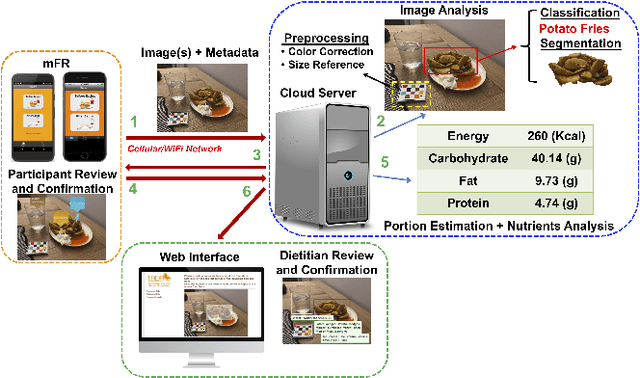
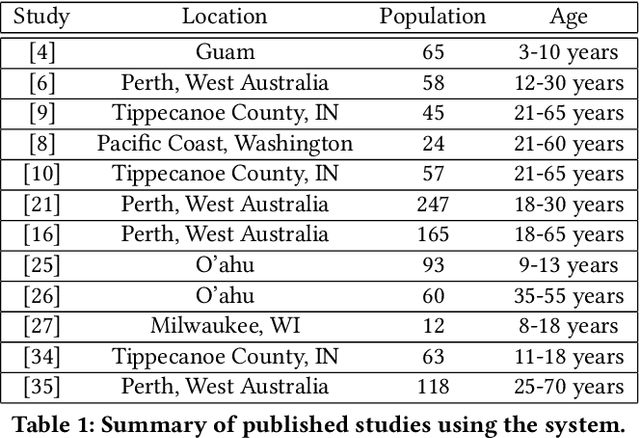
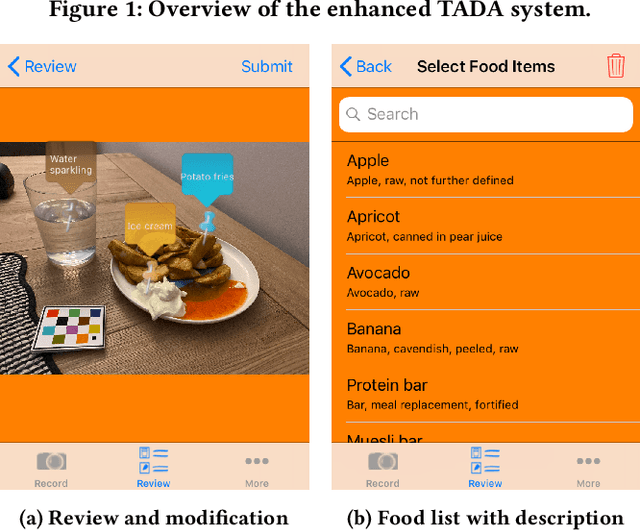
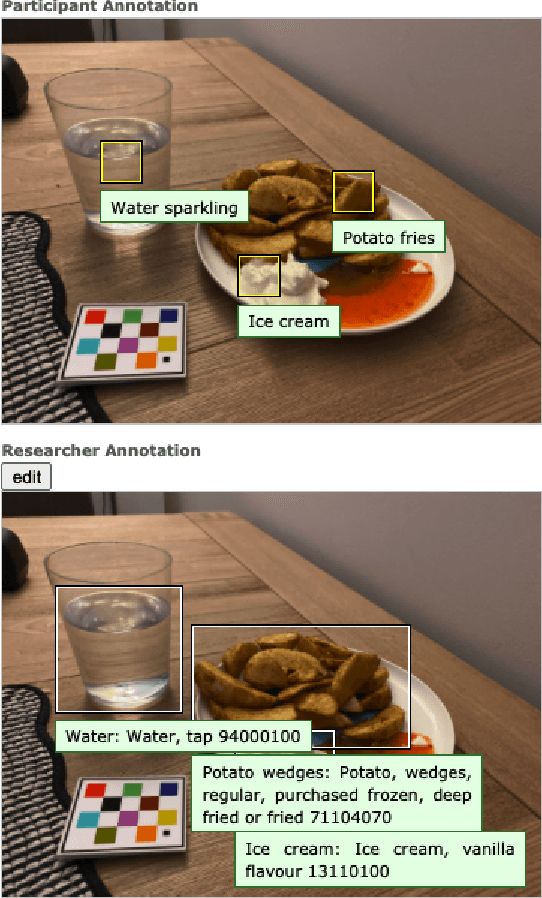
Abstract:Accurate assessment of dietary intake requires improved tools to overcome limitations of current methods including user burden and measurement error. Emerging technologies such as image-based approaches using advanced machine learning techniques coupled with widely available mobile devices present new opportunities to improve the accuracy of dietary assessment that is cost-effective, convenient and timely. However, the quality and quantity of datasets are essential for achieving good performance for automated image analysis. Building a large image dataset with high quality groundtruth annotation is a challenging problem, especially for food images as the associated nutrition information needs to be provided or verified by trained dietitians with domain knowledge. In this paper, we present the design and development of a mobile, image-based dietary assessment system to capture and analyze dietary intake, which has been deployed in both controlled-feeding and community-dwelling dietary studies. Our system is capable of collecting high quality food images in naturalistic settings and provides groundtruth annotations for developing new computational approaches.
Multi-Task Image-Based Dietary Assessment for Food Recognition and Portion Size Estimation
Apr 27, 2020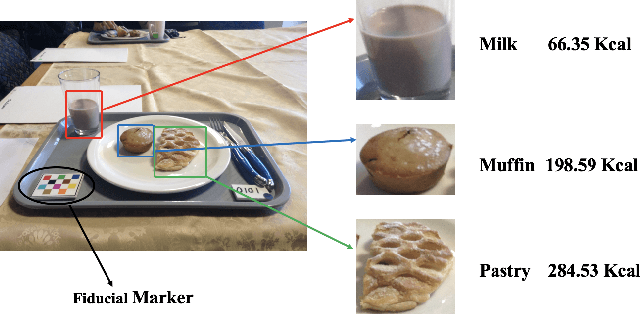


Abstract:Deep learning based methods have achieved impressive results in many applications for image-based diet assessment such as food classification and food portion size estimation. However, existing methods only focus on one task at a time, making it difficult to apply in real life when multiple tasks need to be processed together. In this work, we propose an end-to-end multi-task framework that can achieve both food classification and food portion size estimation. We introduce a food image dataset collected from a nutrition study where the groundtruth food portion is provided by registered dietitians. The multi-task learning uses L2-norm based soft parameter sharing to train the classification and regression tasks simultaneously. We also propose the use of cross-domain feature adaptation together with normalization to further improve the performance of food portion size estimation. Our results outperforms the baseline methods for both classification accuracy and mean absolute error for portion estimation, which shows great potential for advancing the field of image-based dietary assessment.
 Add to Chrome
Add to Chrome Add to Firefox
Add to Firefox Add to Edge
Add to Edge